Calcium Amphibole Subgroup
Last Updated: 2nd Feb 2023By Olav Revheim
Introduction
The Calcium amphibole subgroup contains the most common amphiboles. Most of the undefined “hornblende” specimens belong in this group, and the most common amphibole compositions are in the actinolite/tremolite - magnesio-hornblende - pargasite range. Some of the more common amphiboles produce large well-formed crystals, that might even be considered attractive display specimens.
Minerals in this subgroup are widespread in both metamorphic and igneous rocks, they are generally more ferric in the igneous rocks, but despite many attempts no universal correlation between bulk rock chemistry and amphibole composition has been established. There is a significant overlap between the different minerals in both geochemistry and PT conditions, and often, several species are found at the same localities. The minerals in this group are notoriously difficult to identify for collectors, and therefore often not identified or reported.
This article contains a brief overview over approved and named minerals in the calcium subgroup, and the article is intended to give an overview of these minerals. In addition, the chemical formula of each of the amphiboles are given, alongside the dominant substitution giving this mineral. The purpose of this is to demonstrate the close relationship between the different amphibole species. It should be noted that there is normally several concurrent substitutions, so that a name is often quite arbitrary. Separate articles are discussing the more common root name groups.
Some of the minerals described in this article does not have photos, this is either because there are no photos of the mineral uploaded to mindat, or that I am not fully confident on the identification of the minerals in the uploaded photos.
Cannilloite Root Name Group
Fluoro-cannilloite: End member formula: CaCa2(Mg4Al)(Si5Al3)O22F2. Fluoro-canniloite is closely related to fluoro-pargasite via the substitution ANaSi->ACaTAl.This mineral has only been identified once from Pargas, Finland and then only as gray-green grains in marble. Although three grains were used to determine the optical properties of the mineral, the mineral was described from a single 0.15 x 0.15 x 0.20 mm grain. Any new specimen should at least be supported by an EMPA also including F measurements.
Tremolite - actinolite - ferro-actinolite series
Tremolite and actinolite are two of the most common minerals in the amphibole supergroup. If one were to follow the 50% rule, they would be the same mineral, as actinolite has an intermediate composition between actinolite and ferro-actinolite. They are kept as separate minerals as they are characteristic minerals in different geological environments; tremolite in marbles and ultra-mafic rocks and actinolite in greenschists and skarns. There are also other endmembers in this series, such as fluoro-tremolite and mangano-actinolite, so that this series is in reality a mineral group.
Tremolite: End member formula ◻Ca2Mg5(Si8O22)(OH)2. Tremolite is a true amphibole end member and is one of very few amphiboles where near end-member compositions are found in nature.
Tremolite is a common mineral in greenschist-facies to amphibolite-facies skarns, calc-silicate rocks and marbles.It occurs there as individual crystals, fibrous fans and mats. Also, tremolite pseudomorphs after diopside are common. Tremolite is also a common mineral in hydrothermally altered (serpentinized) ultra-basic rocks where it forms fibrous contact halos and occasionally also brightly colored green crystals. In these environments the fibrous varieties occur with anthophyllite, often as intergrown fibrous aggregates or as exsolution lamellas. Tremolite also occurs with cummingtonite. associated with ore bodies. Tremolite can normally be identified by EDS.
The most attractive specimens are the green, gemmy crystals from Tanzania and the pink/lilac crystals of the manganese bearing variety hexagonite from New York, USA. The crystal groups from the Bancroft terrain in Ontario, Canada are also outstanding.
Fluoro-tremolite: End member formula ◻Ca2Mg5(Si8O22)F2.Fluoro-tremolite is closely related to tremolite via the substitution (OH)->F. It is primarily found in marbles, calc-silicate rocks and skarns with a high F content where it occurs with tremolite and F-rich tremolite. The most notable occurrences are the Grenville marbles in East Coast, USA.
Actinolite: End member formula ◻Ca2(Mg4.5-2.5Fe0.5-2.5)(Si8O22)(OH)2. Actinolite is an intermediate composition between tremolite and ferro-actinolite, and is derived from tremolite via a Mg->Fe2+ substitution.
Actinolite can be found in contact metamorphic localities and skarn, regional metamorphic localities and greenschist and amphibolite facies rock. It is also found in talc schists surrounding metamorphosed ultra-mafic rocks. It also occurs in alpine type veins and in miarolitic cavities in granites and other igneous rocks. In the latter environment it is often more ferrous.
There are no outstanding localities, and similar looking specimens are found all over the world. The nicest colors are found in slightly chrome bearing varieties, smaragdite frequently found in talc-schists. The nicest formed crystals are often found embedded in calcite or in alpine veins. The variety byssolite is also found in albite veins and in miarolitic cavities where it can be mistaken for arfvedsonite that also forms byssolite. Arfvedsonite is however found in silica-poor alkaline rocks whereas actinolite is often associated with quartz and/or epidote. Green actinolite from talc schist can normally be identified visually, otherwise an EDS is recommended. For actinolites found in high grade metamorphic rocks near the border to magnesio-hornblende, an EMPA analysis will be most appropriate.
Ferro-actinolite: End member formula ◻Ca2Fe5(Si8O22)(OH)2. Ferro-actinolite is derived from tremolite via the Mg->Fe2+. In nature, it is often associated with ferro-hornblende and hastingsite via the substitutions Fe2+Si <-> CAlTAl (ferro-hornblende) <-> ◻Si<->NaCFe3+ (hastingsite).
Ferro-actinolite is predominantly found in iron rich skarns/ calc-silica rock, often together with ferro-hornblende and/or hastingsite. It is often a secondary, or late stage post peak-conditions mineral found associated with calcite veins. The best crystal pictured in the Mindat galleries is from Pakistan, but similar crystals are also named ferro-pargasite, and neither seems to be backed up by analytical data. EDS would normally be sufficient for identification.
Fluoro-actinolite: End member: ◻Ca2(Mg4.5-2.5Fe0.5-2.5)(Si8O22)F2. Fluoro-actinolite is formed from fluoro-tremolite via the substitution (OH)->F. It is a named amphibole not listed on mindat, but "fluoro-tremolites" with enough Fe to qualify as fluoro-actinolite are known from Grenville marbles/skarns in New York, USA. Any chemical analysis capable of determining F with any certainty should be acceptable for ID.
Deer et al. (1997) publish an analysis of a manganoan actinolite corresponding to a mangano-actinolite from Bergslagen, Sweden. A chemical analysis (EDS or EMPA) should accompany any new find of this mineral. Mangano-actinolite is formed via the substitution Fe2+->Mn2+
Hornblende Root Name Group
Magnesio-hornblende and ferro-hornblende are amongst the most common amphiboles and they are both under-reported in mindat. They are common in amphibolites, skarns, gneisses, granites and several other rock types.
In many older collections (such as many museums), good specimens are displayed and named hornblende, since that is what it was at the time. Hornblende was an accepted mineral name throughout the 19th and 20th century. It is a name that has been widely used by petrologists as a group name for any dark (Ca-)amphibole of variable or unknown composition. The use of the term “hornblende” is now declining, being replaced by the name amphibole. (i.e Al-rich Ca-amphibole instead of aluminous hornblende). Many mineral collectors in the 1980-ties and 1990-ties incorrectly considered this loose term “hornblende” as a synonym of ferro-hornblende. This is obviously incorrect, and it appears that some of these mistaken identities are still present in mindat.
Magnesio-hornblende ◻Ca2(Mg4Al)(AlSi7O22)(OH)2 is an intermediate amphibole mineral between tremolite/actinolite and pargasite/hastingsite/tschermakite. It also forms series towrds some of the Na-Ca amphiboles. The most common coupled substitutions are:
1) Mg2+Si (tremolite/actinolite) <-> CAlTAl (magnesio-hornblende)
2) Mg2+Si (magnesio-hornblende root name group) <-> CAlTAl (tschermakite)
3) ◻Si (magnesio-hornblende)<->NaCAl (pargasite)
4) ◻CAl(magnesio-hornblende)<-> NaMg (edenite)
Magnesio-hornblende is a lot more common than indicated by the modest number of localities recorded in mindat. Together with pargasite, it is the most common of the dark amphiboles. There are remarkably few photos uploaded of this mineral, but several localities must have produced good specimens. It is a common mineral in metamorphic rocks; including amphibole bearing schists, amphibolites and gneisses as well as skarns and similar rocks. There is a rough correlation between metamorphic grade and amphibole compositions, where actinolite is more frequent in greenschists, pargasitic and tschermaitic amphiboles are more frequent in upper amphibole facies rocks. Magnesio-hornblende is frequently found in low and intermediate amphibolite facies rocks. Magnesio-hornblende is also common in calc-alkaline and mafic igneous rocks, such as diorites and gabbros as well as volcanic rocks. Although borderline composition towards edenite, actinolite and pargasite is common, EDS might be an acceptable means of identification as magnesio-hornblende is a very common mineral. EMPA is nevertheless the preferable, although not always obtainable means of identification.
Ferro-hornblende◻Ca2(Fe2+4Al)(AlSi7O22)(OH)2 is derived from magnesio-hornblende via a Mg->Fe substitution.
Ferro-hornblende is not as common as magnesio-hornblende but is still common in several rock types including amphibolites, meta-gabbros and iron rich skarns, often associated with magnetite. It is also common in many igneous rocks, such as diorites and gabbros, and in particular acid rocks, such as granite. Ferro-hornblende is frequently associated with hastingsite. Ferro-hornblende has often very similar bulk chemistry to ferro-actinolite, magnesio-hastingsite and hastingsite, and therefore EMPA is recommended for identification.
Ferro-ferri-hornblende◻Ca2(Fe2+4Fe3+)(AlSi7O22)(OH)2 is derived from ferro-hornblende via the substitution Al ->Fe3+. It was identified as a new mineral, “speziate” from Traversella Mine, Traversella, Metropolitan City of Turin, Piedmont, Italy by Luigi Colomba already in 1914. This name was discredited by Leake in 1978. Oberti et al. (2016) re-analyzed some of the dark green to black amphibole and identified it as ferro-ferri-hornblende. It occurs as acicular aggregates up to several cm long embedded in a matrix of fibrous to acicular tremolite with minor quartz and calcite. In the type description, Oberti et al. (2016) notes that there is a significant compositional variation between ferro-ferri-hornblende, hastingsite and magnesio-hastingsite in this material. Compositions corresponding to ferro-ferri-hornblende is also provided in Deer et al. (1997), and the mineral is probably more common than indicated here. EMPA is required for identification, although the known uncertainty in calculated Fe3+ content may still cause an erroneous identification of all the hornblende species that contain Fe as an essential element.
Magnesio-ferri-fluoro-hornblende ◻Ca2(Mg4Fe3+)(AlSi7O22)F2 is derived from magnesio-ferri-hornblende via the substitution (OH)2->F.
Magnesio-ferri-fluoro-hornblende is only confirmed to occur at its type locality, Portoscuso, Sardinia, Italy.Here it occurs as up to 3mm long, prismatic, brown crystals in a pyroclastic formation from the rhyolitic ignimbrite of Seruci. Other minerals in the vugs include tridymite, todorokite, magnetite and hematite. EMPA including analysis for F is required for identification.
Magnesio-ferri-hornblende ◻Ca2(Mg4Fe3+)(AlSi7O22)(OH)2 is derived from magnesio-hornblende via an Al->Fe3+ substitution. Magnesio-ferri-hornblende was first recorded in a dolomite rock in Otomo, Finland, but it seems more common as a retrograde mineral in ultramafic and blueschist type rocks. Here it occurs as alteration zones in pyroxenes or as partly altered amphiboles. Compositions corresponding to magnesio-ferri-hornblende is also provided in Deer et al. (1997), and the mineral is probably more common than indicated here. EMPA is required for identification
Magnesio-fluoro-hornblende ◻Ca2(Mg4Al)(AlSi7O22)F2 is derived from magnesio-hornblende via a(OH)2 -> F2. It has been found in Coal Mine no 45 in Kopeisk, Southern Ural, Russia where it has formed in the extreme conditions of a coal fire. EMPA including analysis for F is required for identification.
Tschermakite Root Name Group
The tschermakite Root Name Group minerals are relatively rare. They were also redefined in the 2012 amphibole nomenclature, and are amongst the minerals that were most impacted by the change rules in this nomenclature report. Any reference older than 2012 should therefore be checked to verify that the identification of a tschermakite is still valid.
Chemically, Tschermakite may considered an amphibole end-member, as it is derived from tremolite via two Mg2+Si -> CAlTAl, which is a theoretical maximum for this substitution and their composition is often near the join towards pargasite, hornblende and hastingsite root-name minerals. Tschermakite Root Name Group minerals are related to other root name groups via the following coupled solutions:
Mg2+Si (magnesio-hornblende) -> CAlTAl (tschermakite)
◻CAl (Tschermakite)<->NaMg (pargasite)
◻Si (Tschermakite) <-> NaTAl (sadanagaite)
Analyzed tschermakite samples are often near to the join with amphiboles in other root-name groups, and quantitative analysis like EMPA, would be recommended. Even with EMPA the calculated Fe3+ content may cause uncertainty in the identification.
Tschermakite ◻Ca2(Fe2+4Al2)(Al2Si6O22)(OH)2is a rare rock forming amphibole that normally occurs as grains, zones and rims together with more common Ca-amphiboles in high grade amphibolites and amphibole schists, granulites and rarely in retrograde eclogites. Tschermakite often contain appreciable amounts for ferrous and ferric iron, and its composition is often borderline towards pargasite or magnesio-hornblende. Tschermakite often contains some Fe3+ .
Ferro-tschermakite ◻Ca2(Fe2+4Fe2)(Al2Si6O22)(OH)2Ferro-tschermakite is derived from tschermakite via the Mg <-> Fe2+ substitution and it occurs in the same environments as tschermakite. It appears to be about as frequently occurring as tschermakite. Often, in the petrological literature, ferro-tschermakite is not differentiated from tschermakite.
Ferri-tschermakite ◻Ca2(Mg4Fe3+2)(Al2Si6O22)(OH)2 is derived from tschermakite via an Al <-> Mg <-> Fe3+ substitution. A Fe3+ content appears to stabilize the tschermakite minerals, and any tschermakite mineral will normally contain some Fe3+, albeit not necessarily enough to qualify as ferri-tschermakite.
Ferri-tschermakite has been found near the contact between two different metamorphic rock, in one case in a manganese rich metasedimentary rock near an amphibolite and in the other case in an amphibolite xenolith in a lava. Either way it occurs as small grains. It appears from the literature that ferri-tschermakite might be more common than indicated in mindat.
Edenite root name group
The edenite root-name group amphiboles are relatively common minerals occurring in both metamorphic and igneous rocks. They often contain appreciable amounts of fluorine, as this stabilizes the structure.
1) NaTAl (edenite) <-> ◻Si (tremolite)
2) NaMg (edenite) <-> ◻TAl (hornblende)
3) MgSi (edenite)<-> CAlTAl (pargasite)
Edenite also form a series towards some of the NaCa amphiboles, such a richterite and winchite.
Actual compositions are often near the tremolite/magnesio-hornblende/pargasite join, and even though EDS can give good indications, EMPA including analysis for fluorine is often necessary to accurately identify these minerals.
Edenite NaCa2Mg5(AlSi7O22)(OH)2 is derived from tremolite via the substitution ◻Si (tremolite) <- NaTAl (edenite).
Edenite is primarily found in marbles and calc-silicate/skarn rocks where it can be found as relatively large crystals. It is also found as a rock forming mineral in some amphibolites. The largest edenite crystals originate from the Grenville marbles and skarns in East Coast of USA and Ontario, Canada, although many of the classic "edenites" from USA have proven to be pargasites or magnesio-hornblende. Many of these crystals also contain appreciable amounts of F and can be fluoro-edenites. From these localities, "edenite" is often identified on a grayish green color, but this is not a good method.
The ruby bearing marbles of Mogok, Myanmar produce transparent crystals with compositions near the edenite/fluoro-edenite/pargasite join.
Ferro-edenite NaCa2Fe2+5(AlSi7O22)(OH)2 is derived from edenite via a Mg-> Fe2+ substitution.
Ferro-edenite are most commonly found in alkaline igneous rocks where it occurs as a rock forming mineral and in associated pegmatites. The amphibole composition in these complexes evolve with the evolving magmas, and ferro-edenite is often found as one of the phases in the series hastingsite/ferro-edenite/katophorite/magensio-arfvedonite. This is also the case for the Larvik pluton, where large but crude crystals of ferro-edenite can be found in the western part of the pluton.
Fluoro-edenite NaCa2Mg5(AlSi7O22)F2 is derived from edenite via a (OH)2 -> F2 substitution
Fluoro-edenite occurs in the same type of environments as edenite, and most edenites contain some F, albeit not always enough to be fluoro-edenite. It is unfortunate that that F is often omitted when analyzing amphiboles. The best localities for fluoro-edenites display specimens are the same as for edenite(i.e. Grenville marbles in the US and Canada and Mogok, Myanmar. In addition, fluoro-edenite can be found as wonderful micro-crystals in vugs in many volcanic rocks.
Potassic-ferro-chloro-edenite KCa2Fe2+5(AlSi7O22)Cl2 is derived from ferro-edenite via a Na->K substitution and a (OH)2 -> Cl2 substitution. It is found in a calc-silicate rock in the Willroy mine, Manitouwadge mining Camp, Ontario, Canada.
One of many analyses of Fluorine bearing hastingsites published by Borley and Frost (1963) from the igneous Liruei Complex, Nigeria may correspond to Ferro-fluoro-edenite NaCa2Fe2+5(AlSi7O22)F2. It is derived from edenite via a (OH)2 -> F2 substitution. This mineral is probably a valid mineral, and it is not unlikely that it can be found at several localities if ferro-edenites are systematically analyzed for F.
Pargasite root name group
Compared to many other root name groups, there are many approved pargasite minerals. This is because pargasite root name compositions are common in many different geological settings, and that the C position is sufficiently flexible to allow several elements as the dominant ion in this position. EDS analyses showing calcium amphiboles with a high Al content will normally be pargasites, but for the rarer minerals in this group, quantitative (EMPA) analyses is recommended for identification.
The pargasite root name group minerals represent intermediate compositions between tscermakite, tremolite/magnesio-hornblende, edenite and sadanagite root name minerals. Pargasite can be derived from these root name groups via the following substitutions:
1) ◻Si (magnesio-hornblende)<->NaCAl (pargasite)
2) ◻CAl(Tschermakite)<-> NaMg (pargasite)
3) MgSi (edenite) <-> CAlTAl (pargasite)
4) MgSi (pargasite) <-> CAlTAl (sadanagaite)
Pargasite root name group minerals also form a series with several sodium-caclium amphiboles, such as katophorite, barroisite and taramite root name group minerals. Hastingisite root name group minerals are derived from pargasite rootname group vi an Al<->Fe3+ substitution. This substitution does not normally warrant a new root name group, but the root name hastingsite are kept because it is well embedded in mineralogical and petrological literature.
Chromio-pargasite NaCa2(Mg4Cr3+)(Al2Si7O22)(OH)2. Chromio-pargasite is derived from pargasite via an Al<->Cr3+ substitution.
is found at Higashi-Akaishi dunite, Japan, a dunite that has been metamorphosed to eclogite facies with a epidote-amphibolite overprint. Emerald-green chromio-pargasite occurs as prismatic crystals up to 1.5 cm long and 5mm wide in close association with kämmerite, chlinoclore and the crystals are often covered with phlogopite. This mineralization occurs in cracks in chromite ore. It is easily recognized, as it is the only amphibole that has been recognized from the locality. The Cr-bearing pargasites form Vietnam and Pakistan do not have a chrome content anywhere near the amounts needed to qualify as the mineral chromi-pargasite, and they should not be confused with this mineral.
Ferro-chloro-pargasite NaCa2(Fe2+4Al)(Al2Si7O22)Cl2 is derived from ferro-pargasite via a (OH)2<->Cl2 substitution. It has been found in an ultrabasic intrusion at one locality in Canada, and a single analysis from Nusfjord, Norway also corresponds to a ferro-chloro-pargasite composition.
Ferro-pargasite NaCa2(Fe2+4Al)(Al2Si7O22)(OH)2 is derived from pargasite via a Mg <-> Fe2+ substitution.
Ferro-pargasite is most frequently found in Fe-rich skarns and calc-silicate rocks as well as some amphibolite facies metagabbros. It appears that minerals in the ferro-hornblende-hastingsite series are more common than ferro-pargasite. Of the photos uploaded to Mindat, the best crystals are those found at Keene, New York, USA and the Cala Mines, Andalusia, Spain. Even analysed samples may be difficult to separate from ferro-hornblende/hastingsite due to uncertainties in the calculation of valence of iron in these amphiboles.
Fluoro-pargasite NaCa2(Mg4Al)(Al2Si7O22)F2 is derived from pargasite via a (OH)2<->F2 substitution. Fluoro-pargasite is not often identified as the fluorine content of pargasites are rarely measured. It has, as many fluoro-amphiboles, a wider stability range than regular OH dominant amphiboles. Fluoro-pargasite may therefore be more common than indicated in the literature. Pargasites from marbles and skarns may often contain significant amounts of Fluor. Kearn et al.(1980) analyzed 4 pargasites from the Grenville marbles from the East Coast of USA and found a variable F content from 0.52 to 1.10 apfu, with an average of 0.86 apfu F. Also the pargasites of Pargas, Finland and Luc Yen,Vietnam contains variable amounts of Fluor.
The best fluoro-pargasite are from the above-mentioned localities. The holotype fluoro-pargasite from Edenville, New York, USA is an example. The holotype specimen consists of a 13 x 7x 4.5 cm crystal associated with calcite, actinolite and titanite, with phlogopite on its cleavage and crystal faces. This specimen was an old specimen in the collection of New York Museum, labelled “hornblende”.
Mangani-pargasiteNaCa2(Mg4Mn3+)(Al2Si7O22)(OH)2. Mangani-pargasite is derived from pargasite via an Al<->Cr3+ substitution.
Mangani-pargasite was originally described from Långban, Sweden as "tibergite" by Magnusson(1930), but Sundius (1946) and later work considered this mineral a Mn-bearing variety of pargasite. It was described as a new mineral by Hålenius et al.(2020). The type material is brownish purple/reddish brown. In the type specimen, mangani-pargasite occurs as subhedral crystals up to 1 mm in low grade manganese ore together with calcite, hausmannite and manganoan phlogopite.
Pargasite NaCa2(Mg4Al)(Al2Si7O22)(OH)2
Pargasite is the dominant dark amphibole in high grade amphibolite and granulite facies metamorphic rocks. It is also common as megacrysts in mantle derived volcanic rocks, an environment where hastingsite and kaersutite also frequently occurs. It is found in gabbros and other mafic igneous rocks. The largest, well-formed crystals of pargasite are found in skarns and marbles. Pargas, Finland, New York, USA. The ruby bearing marbles in Vietnam, Myanmar and Pakistan has provided the most attractive specimens. In particular the chrome bearing crystals from these localities are outstanding for an amphibole.
Potassic-chloro-pargasite KCa2(Mg4Al)(Al2Si7O22)Cl2 is derived from pargasite via Na <-> K and (OH)2<->Cl2 substitutions. It occurs as as anhedral black grains, to 0.5 mm associated with chlorapatite, almandine, diopside, enstatite, biotite, potassic pargasite, marialite, and plagioclase at Elgoras Mountain in the Sal’nye Tundry granulite complex, Kola Peninsula, Russia. .
Potassic-ferro-pargasite KCa2(Fe2+4Al)(Al2Si7O22)(OH)2 is derived from ferro-pargasite via a Na <-> K substitution.
Potassic-ferro-pargasite is reported from both calc-silicate rocks, an ortho-gneiss and thermally metamorphosed rocks, the latter including a schistose hornfels from the type-locality. Here it was found as 0.7 mm anhedral to subhedral grains, and the analyses provided by Banno et al.(2009) are close to ferro-pargasite, and the photos above may also be ferro-pargasite rather than potassic-ferro-pargasite. It occurs as a rock forming mineral. The fact that this mineral is found in a variety of geological environments may indicate that it might be more common than hitherto reported.
Potassic-fluoro-pargasite KCa2(Mg4Al)(Al2Si7O22)F2 is derived from fluoro-pargasite via a Na <-> K substitution. The type locality Tranomaro area, Fort Dauphini region, Madagascar are still the only place this mineral has been identified. Here it is found in the stage 2 development of a skarn, probably formed as an alteration product of diopside. The holotype specimen is a 2 cm crystal, and a 5mm crystal from the original find is pictured at rruff.info. EMPA, also measuring F is required for identification.
Potassic-pargasite KCa2(Mg4Al)(Al2Si7O22)(OH)2 is derived from pargasite via a K <-> Na substitution.
are listed from 6 localities in Mindat and 5 of these localities are from the Grenville orogeny marbles in New York USA and Pargas, Finland.It is difficult to say how common this mineral really is, but it has been found in large (multiple cm) well-formed crystals from some of these marble localities.
Vanadio-pargasite NaCa2(Mg4V3+)(Al2Si7O22)(OH)2. Vanadio-pargasite is derived from pargasite via an Al<->V3+ substitution. It has been identified in a Cr–V-bearing calcite-dolomite with siliceous sediments, metamorphosed to granulite facies and partly diaphtorised in amphibolite facies. Vanadio-pargasite is thought to be formed during the prograde (granulite-facies) stage.
Hastingsite root name group
The hastingsite root name group minerals are the Fe3+ equivalent to pargasite. It is derived from the ferri-equivalent of the same root-name groups as pargasite. The hastingsite root name group minerals often occur with other Fe-rich amphiboles, such as ferro(-ferri)-hornblende in skarns and plutonic rocks. It can also be found together with ferri-kaersutite in volcanic rocks.
The chemistry of hastingistes and iron-rich hornblende minerals can be very similar. Due to the potential errors in calculated Fe3+ may even a quantitative (EMPA) analysis be a bit uncertain, and additional Mössbauer spectroscopy to determin Fe2+/Fe3+ may be necessaryd if an absolute certainty of identification is required. This is not often done, and a EMPA or EDS, even with its uncertainties, are normally accepted as adequate for identifying the hastingsite minerals. Obviously, Cl and F must be included in the analysis to determine Cl and F dominant species.
Some of the rarer minerals with this root-name occurs together with hastingsite and/or magnesio-hastingsite and will require analysis of the individual specimen for accurate identification.
Hastingsite NaCa2(Fe2+4Fe3+)(Al2Si7O22)(OH)2 is derived from ferro-pargasite via an Al <-> Fe3+ substitution.
Hastingsite is a relatively common mineral. It is found in many acid igneous rocks (typically hornblende-granite) together with ferro-hornblende. It also occurs as megacrysts in volcanic rocks, an environment where also oxo-hastingsite has been identified. Pargasite and kaersutite are however more common in these environments. It is also relatively common in granites and similar rock types as a rock forming mineral. The best specimens are almost exclusively found with magnetite ore, most often in skarn rocks, and several localities have produced multi-cm well-formed crystals. Franklin Hill seems to have produced the best specimens, although it is difficult to identify to the older material with any confidence. The crystals found in igneous rocks in the Langesundfjord area, Norway crystal is also outstanding.
Magnesio-fluoro-hastingsite NaCa2(Mg4Fe3+)(Al2Si7O22)F2 is derived from magnesio-hastingsite via a (OH)2 <-> F2 substitution.
It was first found in an abandoned trachyandesite quarry at Dealul Uroi, Romania. The mineral occurs as long prismatic crystals up to 3 mm long associated with green augite and fluor-rich phlogopite cavities in vuggy xenoliths with Ti-hematite-rich and plagioclase-rich layers. Other vug minerals include tridymite, feldspar, pseudobrookite and subordinately titanite, fluorapatite, enstatite, ilmenite and fluorite.
Magnesio-hastingsite NaCa2(Mg4Fe3+)(Al2Si7O22)(OH)2 is derived from hastingsite via a Mg <-> Fe2+ substitution.
Magnesio-hastingsite is found in several different environments, ranging from skarns, volcanic rocks and alkaline massifs.Petrological literature do not always separate magnesio-hastingsite from hastingsite, and magnesio-hastingsite is probably more common than indicated in the literature.
Potassic-chloro-hastingsite KCa2(Fe2+4Fe3+)(Al2Si7O22)Cl2 is derived from hastingsite via K<->Na and (OH)2 <-> Cl2 substitutions. It occurs in several different environments, rock types and PT-regimes, despite being registered from only a handful localities world-wide. This mineral so far not been found as the dominant amphibole, and at all localtieies, Cl content is variable. Giesting, and Filiberto (2016) gives an overview of all known localities up to then, both terrestrial and extra-terrestrial.
Potassic-fluoro-hastingsite KCa2(Fe2+4Fe3+)(Al2Si7O22)F2 is derived from hastingsite via K<->Na and (OH)2 <-> F2 substitutions.
Potassic-fluoro-hastingsite is found in compact aggregates of black crystals up to 2 cm size on the waste-rock dump at the Greenwood mine, New York, USA. It is associated with magnetite, diopside, enstatite, pyrrhotite, chalcopyrite, pyrite and, rarely, phlogopite. Although all mineral specimens from this locality is labeled potassic-fluoro-hastingsite, it is probably fair to assume that the F and K content is variable, and that several species with a hastingsite root name may be present at the locality.
Potassic-hastingsite KCa2(Fe2+4Fe3+)(Al2Si7O22)(OH)2 is derived from hastingsite via K<->Na substitutions. It occurs in some skarns, ore-bodies and alkaline complexes. It is often found with potassium bearing hastingsites at the same localities. Individual specimens must be analyzed to verify that enough K is in place to form potassic-hastingsite. Crystals up to 1 cm has been found at O'Neil Mine, New York, USA.
Potassic-magnesio-hastingsite KCa2(Mg4Fe3+)(Al2Si7O22)(OH)2 is derived from magnesio-hastingsite via a Na <-> K substitution. It has been found in igneous and calc silicate rocks in addition to a biotite-amphibole gabbro from the type locality Aspen Cape, Chelyabinsk Oblast, Russia. Here it occurs in a serpentine mélange seemingly from xenoliths from rocks of the deep levels of the Urals earth crust and transported up to surface by protrusions of serpentinites. Potassic-magnesio-hastingsite has a variable K content, and it seems like every specimen has to be analyzed to verify that the potassium content is sufficient.
Sadanagaite-root name group
Sadanagaite root-name minerals are very rare Al-rich amphiboles that can only be identified with EMPA. The sadanagaite root name minerals appears to have become more common with the redefinition made in the 2012 nomenclature. Pre-2012 the sadanagaite was defined based on more than 2.5 TAl replacing Si, whereas the 2012 nomenclature define the sadanagaite based on more than C(Al+Fe3++2Ti). It appears that the latter criteria is more common than the pre-2012 criteria.
The sadanagaite root-name minerals form continuous series with both pargasite, hastingsite and tschermakite root name group minerals. Even at the localities where sadanagaite root name minerals are found, pargasite and hastingsite minerals are often more common. Any crystal larger than 1mm is quite remarkable.
1) ◻Si (tschermakite)<->NaTAl (sadanagaite)
2) MgSi (pargasite) <-> CAlTAl (sadanagaite)
4) MgSi (magnesio-hastingsite) <-> CFe3+TAl (sadanagaite)
Ferro-ferri-sadanagaite is derived from ferri-sadanagaite via a Mg -> Fe2+ substitution. It has been confirmed by EMPA and XRD from Mont Saint-Hilaire, Québec, Canada. In addition, a single crystal with a dark brown Ti-rich ferri-sadanagaitic to Ti-rich ferro-ferri-sadanagaitic core and pale brown Ti-rich magnesio-hastingsitic rim has been analyzed from Predazzo, Italy. The amphibole from this locality is normally considered to be “kaersutitic” in composition.
Ferro-sadanagaite is derived from sadanagaite via a Mg -> Fe2+ substitution. It is known as a minor constituent in hornblendeite and alkaline igneous rocks, where it occurs with several more common amphiboles.
Potassic-ferri-sadanagaite is derived from ferri-sadanagaite via a Na -> K substitution. It is known from Yuge Island, Japan were it occurs as minute (<1mm) crystals in up to 50cm wide skarn zones in limestone. The sadanagaite-root name minerals occurs in a compact, dark brown band, consisting of vesuvianite and amphibole with minor amounts of spinel, titanite, ilmenite and apatite.
Potassic-ferro-chloro-sadanagaite is derived from ferro-sadanagaite via Na -> and (OH)2 -> Cl 2 substitutions.

Amphibole from Nusfjord, Norway. These amphiboles are ferro-pargasite and/or sadanagaite root name amphiboles.
Potassic-ferro-chloro-sadanagaite has been identified by Kullerud and Erambert (1999). They have published data on amphiboles from a very interesting occurrence of amphiboles near Nusfjord, Norway. The amphiboles occur in two up to 4 m wide shear zones in a gabbro-anorthosite. The minerals in the shear zones are completely altered by extremely Cl-rich hydrothermal fluids. The result is Cl-rich amphiboles with a very exotic composition. Kullerud an Erambert provides 24 amphibole analyses, where about half of them give a Cl-rich ferro-pargasite (1 of them corresponds to ferro-chloro-pargasite) , whereas the rest give compositions corresponding to sadanagaite root-name amphiboles, including potassic-ferro-chloro-sadanagaite,ferro-chloro-sadanagaite and ferri-sadanagaite. All of these amphiboles have only been identified from this locality, and all of them are in the “named” amphibole category. The amphiboles from these shear zones are typically zoned, with Cl-poor cores and Cl-richer rims. Within aggregates of recrystallized plagioclase, abundant small grains (<1 mm) of the most Cl-enriched amphibole (1.0 Cl apfu) occur together with biotite, magnetite, and tiny needles (,0.03-mm long) of kyanite. All of these amphiboles are closely related via the following substitutions: Na <-> K, (OH) <-> Cl and Fe2+Si <-> CFe3+TAl. These relatively small changes in chemistry gives 6 minerals belonging to two root name groups.
Potassic-ferro-ferri-sadanagaite has been identified from the Ilmen alkaline massif, Russia and from La Peña alkaline igneous complex (LPC), Argentina. Both places it occurs as a rock forming mineral. Several other amphibole species are present at these localities so without analyzing the individual specimens, potassic-ferro-ferri-sadanagaite cannot be identified. Poikilitic crystals aggregates up to 2 cm were part of the holotype material from Ilmen.
Potassic-ferro-sadanagaite is derived from ferri-sadanagaite via a Mg->Fe2+ substitution.
At Nogohakusan, Japan it occurs together with sub-silic pargasite root name amphiboles in a high grade (upper amphibolite-granulite facies) reaction zone between K-metasomatised metabasalt fragments and limestone.
Potassic-sadanagaite is derived from sadanagaite via a Na->K substitution.
It occurs at Myojin Island, Japan as short-prismatic to granular crystals with a maximum diameter of a few hundred microns in skarn lenses in limestone. The skarn consist mainly of clinopyroxene, but also various amounts of spinel, vesuvianite, amphibole, phlogopite and minor amounts of titanite, ilmenite,magnetite, pyrrhotite, apatite and perovskite. The Al-content of the skarn lenses are highly variable, and the majority of amphiboles from the locality are pargasites. The crystals of potassic-sadanagaite from Monte Somma, Italy uploaded to mindat are simply outstanding for a sadanagaite root name specimen.
Sadanagaite is predominantly found in Al-rich skarns and marbles.
The most attractive specimens originate from the gem bearing marbles of Mogok, Myanmar and Luc Yen, Vietnam, although the attractiveness of the specimens to the mm sized brown crystalline aggregates can be debatable.
Joesmithite
Joesmithite is a very rare amphibole only found in Långban, Sweden where it formed in the contact between a late Be bearing pegmatite and Pb bearing ore. With an endmember formula of Pb2+Ca2(Mg3Fe3+2)(Si6Be2)O22(OH)2, it has a unique chemistry being one of only two minerals containing both Pb and Be as essential elements, Hyalotekite being the other. Both of these were first found in Långban, Sweden, which is still the only district where joesmithite has been found. The rarity of joesmithite is probably mostly because Pb and Be are rarely enriched in the some geological environments, but the presence of these two elements as essential elements in an amphibole also show the remarkable flexibility of the dual chain amphibole molecule.
Joesmithite occurs as dark brown elongated crystals that in very rare cases can reach 10mm in size and associated minerals are typically hematite and pyroxene. Joesmithite resembles dark richterite, but experienced Långban specialists can differentiate between the two minerals based on the paragenesis, for the rest of us, EDS will be acceptable. Joesmithite is placed in the calcium subgroup at a root name level, but given the weird chemistry, additional minerals with a joesmithite root name will be surprising.
Related and referenced articles
Mindat article | ||||||||||||||||
|
References
Abramova, S. S., Rassa, I. T., & Kononkovab, N. N. Fenites of the Miaskite–Carbonatite Complex in the Vishnevye Mountains, Southern Urals, Russia: Origin of the Metasomatic Zoning and Thermodynamic Simulations of the Processes.
Appleyard, E. C. (1975). Silica-poor hastingsitic amphiboles from metasomatic alkaline gneisses at Wolfe, eastern Ontario. The Canadian Mineralogist, 13(4), 342-351.
Borley, G., & Frost, M. T. (1963). Some observations on igneous ferrohastingsites. Mineralogical Magazine and Journal of the Mineralogical Society, 33(263), 646-662.
Cametti, G., Armbruster, T., Reznitsky, L. Z., Sklyarov, E. V., & Della Ventura, G. (2018). Crystal structure and crystal-chemistry of vanadio-pargasite: a new amphibole from southern Lake Baikal, Siberia, Russia. European journal of mineralogy, 30(5), 981-987.
Deer, W. A., Howie, R. A., & Zussman, J. (Eds.). (1997). Rock-forming minerals: double-chain silicates, Volume 2B. Geological Society of London.
Foley, S. (1991). High-pressure stability of the fluor-and hydroxy-endmembers of pargasite and K-richterite. Geochimica et Cosmochimica Acta, 55(9), 2689-2694.
Giesting, P. A., & Filiberto, J. (2016). The formation environment of potassic‐chloro‐hastingsite in the nakhlites MIL 03346 and pairs and NWA 5790: Insights from terrestrial chloro‐amphibole. Meteoritics & Planetary Science, 51(11), 2127-2153.
Hawthorne, F. C., Oberti, R., Ungaretti, L., & Grice, J. D. (1996). A new hyper-calcic amphibole with Ca at the A site; fluor-cannilloite from Pargas, Finland. American Mineralogist, 81(7-8), 995-1002.
Hawthorne, F. C., Oberti, R., Della Ventura, G., & Mottana, A. (Eds.). (2007). Amphiboles: crystal chemistry, occurrence, and health issues (Vol. 67). Mineralogical Society of America
Hawthorne, F. C., Oberti, R., Harlow, G. E., Maresch, W. V., Martin, R. F., Schumacher, J. C., & Welch, M. D. (2012). Nomenclature of the amphibole supergroup. American Mineralogist,97(11-12), 2031-2048.
Holstam, D. and Langhof, J. (1999). Långban, the mines, their minerals, geology and explorers. Raster Förlag
Holtstam, D.(2000). Malmforekomster av Långban-typ: aspekter på malmgenes och mineraldiversitet. Norsk Bergverksmuseum Skrift. 17,5-11
Jambor, J.L., Kovalenker, V.A., Roberts, A.C. (2003). New Mineral Names. American Mineralogist, 88, 931–935
Kearns, L. E., Kite, L. E., Leavens, P. B., & Nelen, J. A. (1980). Fluorine distribution in the hydrous silicate minerals of the Franklin Marble, Orange County, New York. American Mineralogist, 65(5-6), 557-562.
Konopleva, N. G., Ivanyuk, G. Y., Pakhomovsky, Y. A., Yakovenchuk, V. N., Men’shikov, Y. P., & Korchak, Y. A. (2008). Amphiboles of the Khibiny alkaline pluton, Kola Peninsula, Russia. Geology of Ore Deposits, 50(8), 720-731.
Kullerud, K., & Erambert, M. (1999). Cl-scapolite, Cl-amphibole, and plagioclase equilibria in ductile shear zones at Nusfjord, Lofoten, Norway: Implications for fluid compositional evolution during fluid-mineral interaction in the deep crust. Geochimica et Cosmochimica Acta, 63(22), 3829-3844.
Lupulescu, M. V., Rakovan, J., Robinson, G. W., & Hughes, J. M. (2005). Fluoropargasite, a new member of the calcic amphiboles from Edenville, Orange County, New York. The Canadian Mineralogist, 43(4), 1423-1428.
Lupulescu, M. (2008). Amphibole-Group Minerals from New York State. Rocks & Minerals, 83(3), 210-219.
Lupulescu, M. V., Rakovan, J., Dyar, M. D., Robinson, G. W., & Hughes, J. M. (2009). Fluoro-potassichastingsite from the Greenwood Mine, Orange County, New York: a new end-member calcic amphibole. The Canadian Mineralogist, 47(4), 909-916.
Mazdab, F. K. (2003). The diversity and occurrence of potassium-dominant amphiboles. The Canadian Mineralogist, 41(6), 1329-1344.
Oberti, R., Boiocchi, M., Hawthorne, F. C., Pagano, R., & Pagano, A. (2010). Fluoro-potassic-pargasite, KCa 2 (Mg 4 Al)(Si 6 Al 2) O 22 F 2, from the Tranomaro area, Madagascar: mineral description and crystal chemistry. Mineralogical Magazine, 74(6), 961-967.
Oberti, R., Boiocchi, M., Hawthorne, F. C., Ball, N. A., & Chiappino, L. (2016). Magnesio-ferri-fluoro-hornblende from Portoscuso, Sardinia, Italy: description of a newly approved member of the amphibole supergroup. Mineralogical Magazine, 80(2), 269-275.
Pagano, D. S., Galliski, M. Á., Márquez-Zavalía, M. F., & Colombo, F. (2016). Petrology and mineralogy of the La Peña igneous complex, Mendoza, Argentina: An alkaline occurrence in the Miocene magmatism of the Southern Central Andes- abstract. Journal of South American Earth Sciences, 67, 158-179.
Sawaki, T. (1989). Sadanagaite and subsilicic ferroan pargasite from thermally metamorphosed rocks in the Nōgō-Hakusan area, central Japan. Mineralogical Magazine, 53(369), 99-106.
Žáček, V. (2007). Potassian hastingsite and potassichastingsite from garnet–hedenbergite skarn at Vlastějovice, Czech Republic. Neues Jahrbuch für Mineralogie-Abhandlungen: Journal of Mineralogy and Geochemistry, 184(2), 161-168.
Referenced and related articles listed in this article, and the references therein
Mindat mineral and locality pages, message board and photo captions
Revision History
Revision History | |||||||||||||||
|
Article has been viewed at least 2547 times.
Quick NavIntroductionCannilloite Root Name GroupTremolite - actinolite - ferro-actinolite seriesHornblende Root Name GroupTschermakite Root Name GroupEdenite root name groupPargasite root name groupHastingsite root name groupSadanagaite-root name groupJoesmithiteRelated and referenced articlesReferencesRevision History



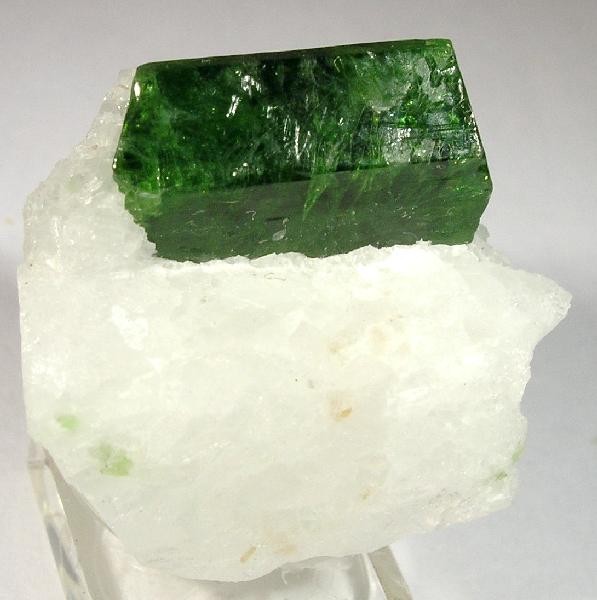




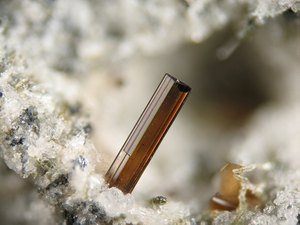








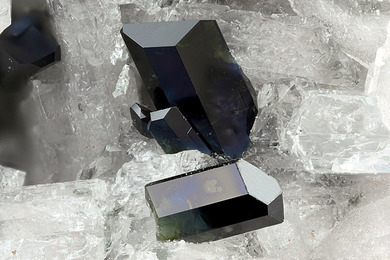

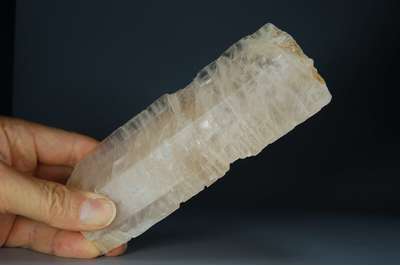
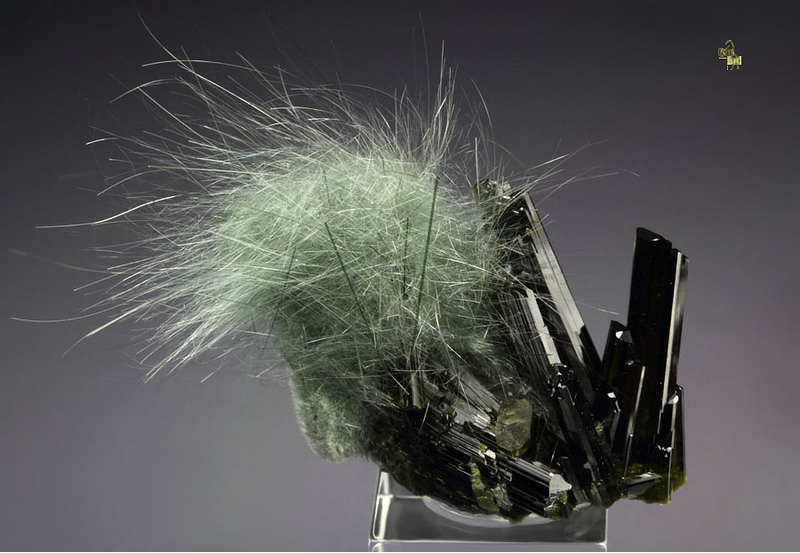
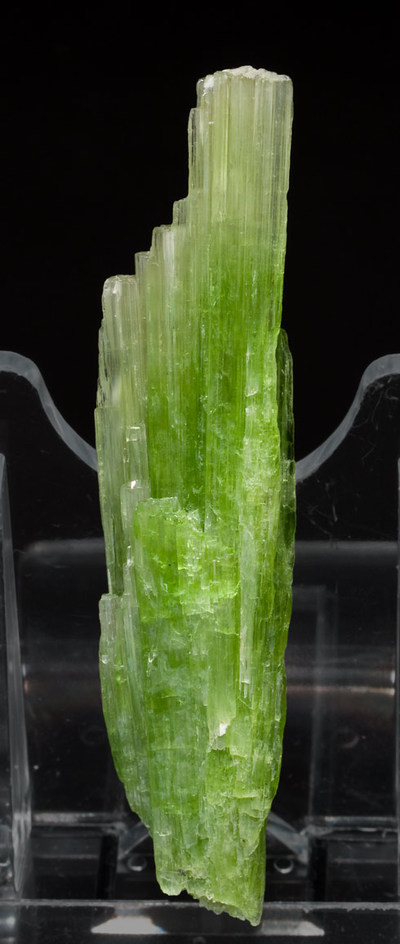

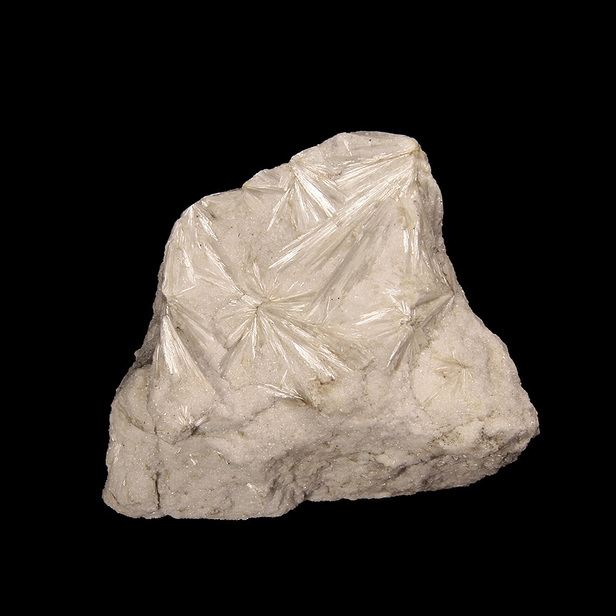



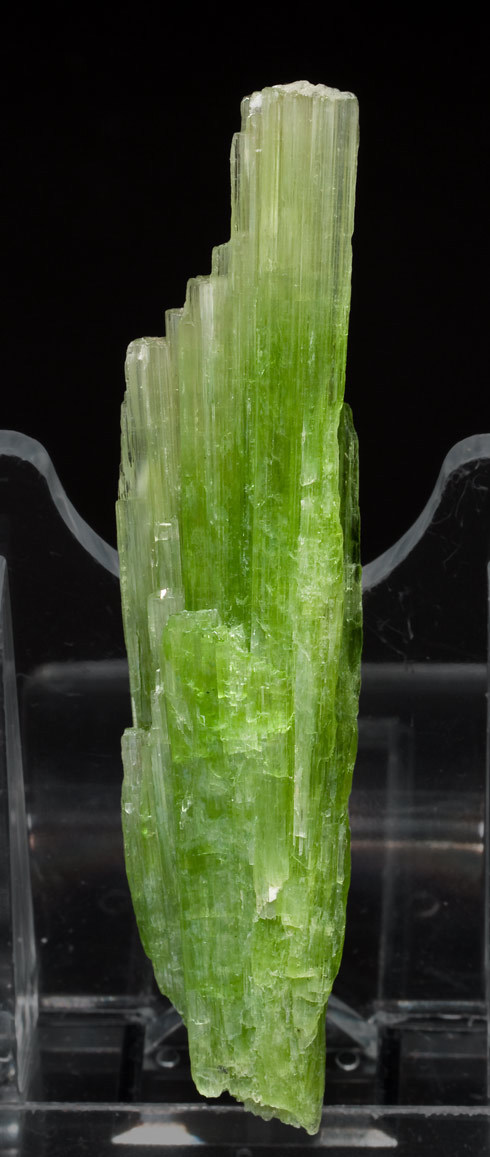






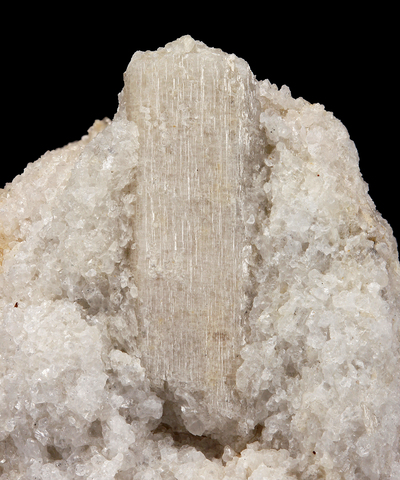
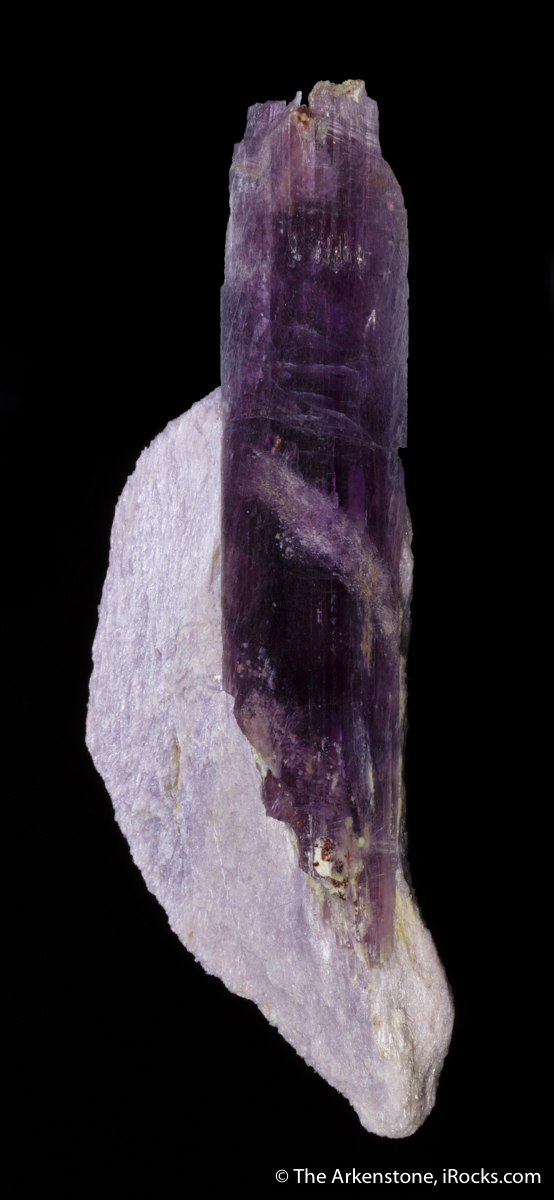

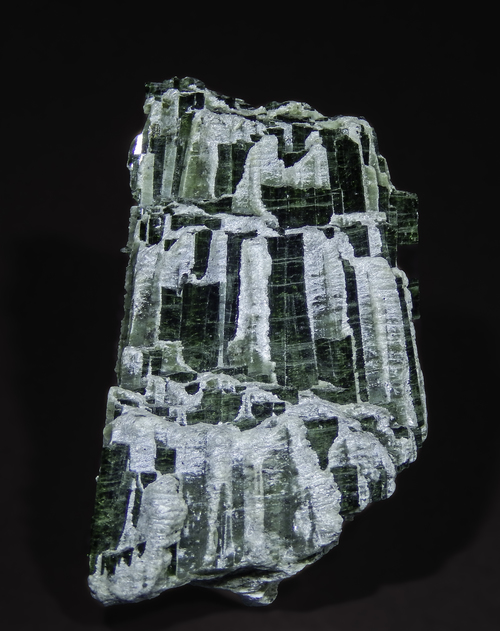
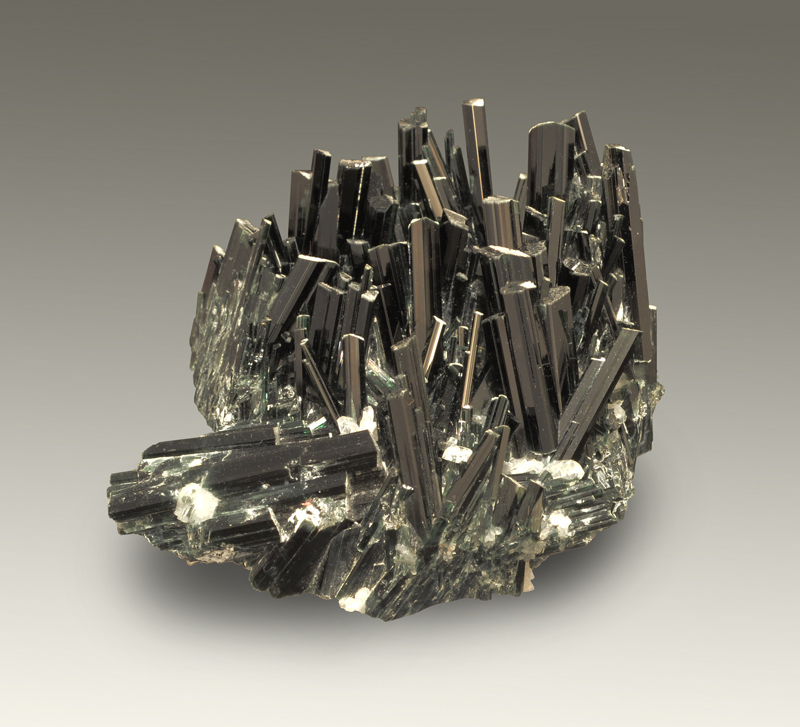
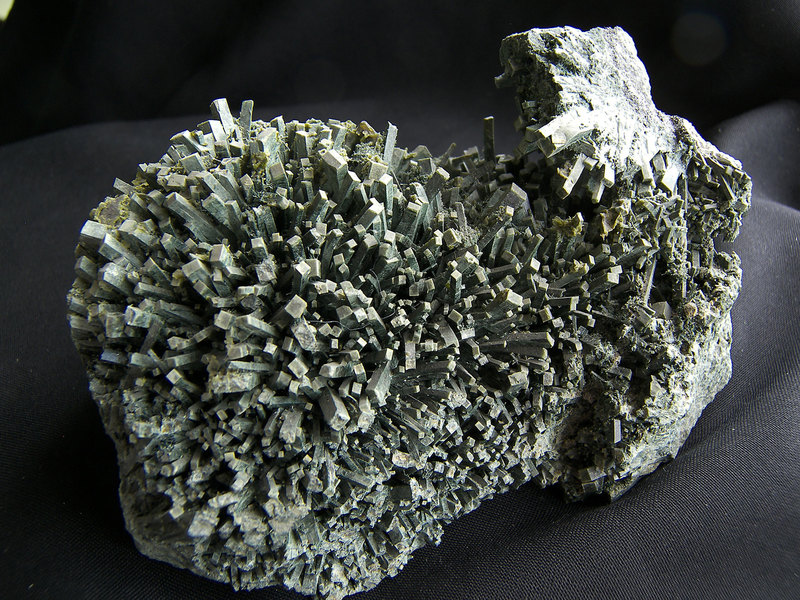
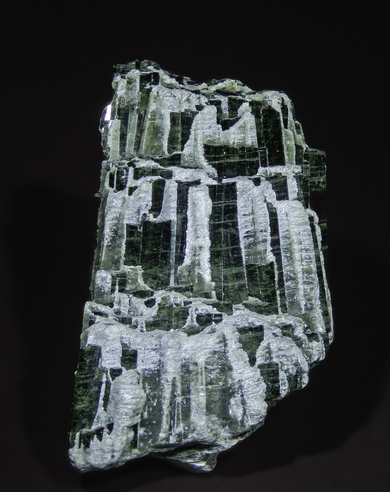

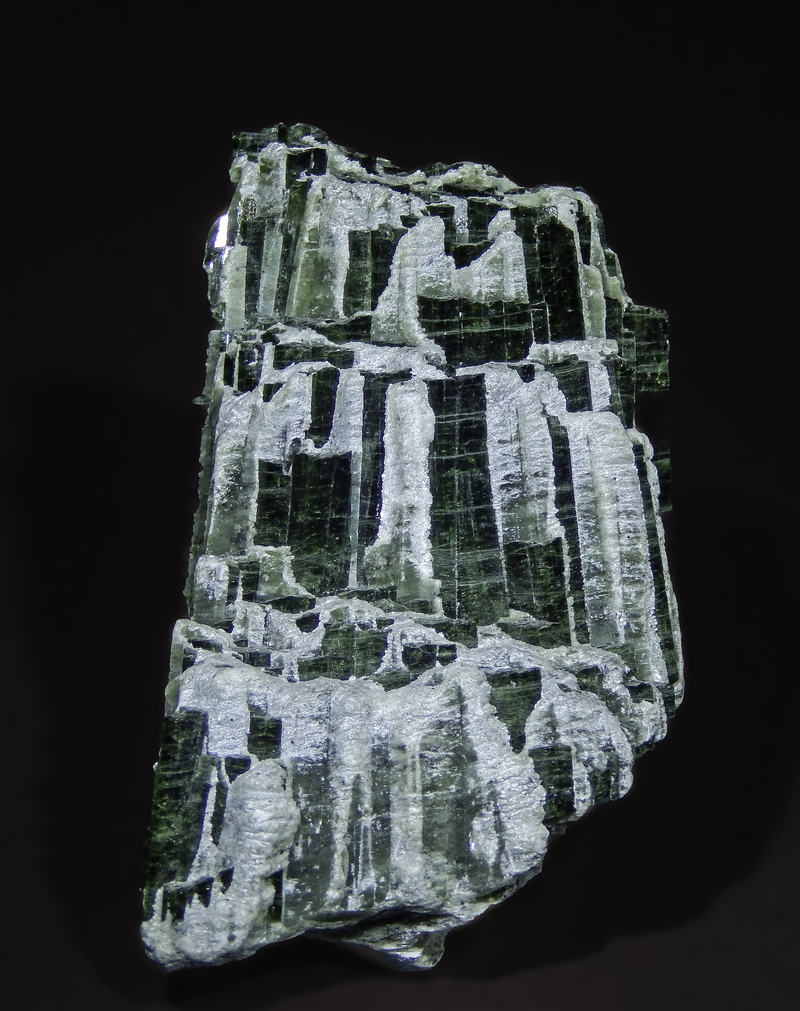

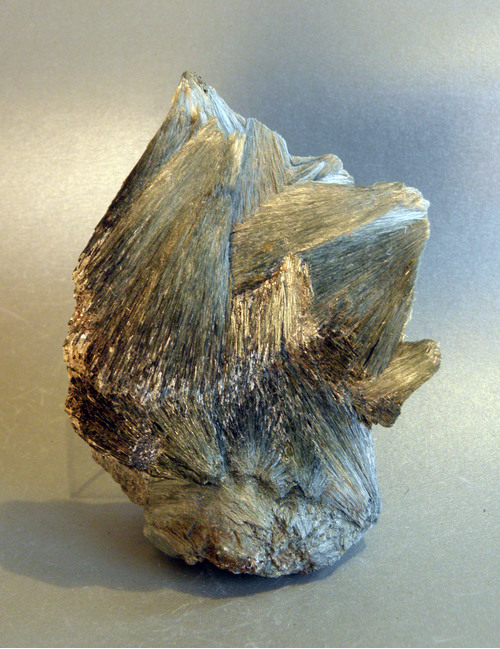
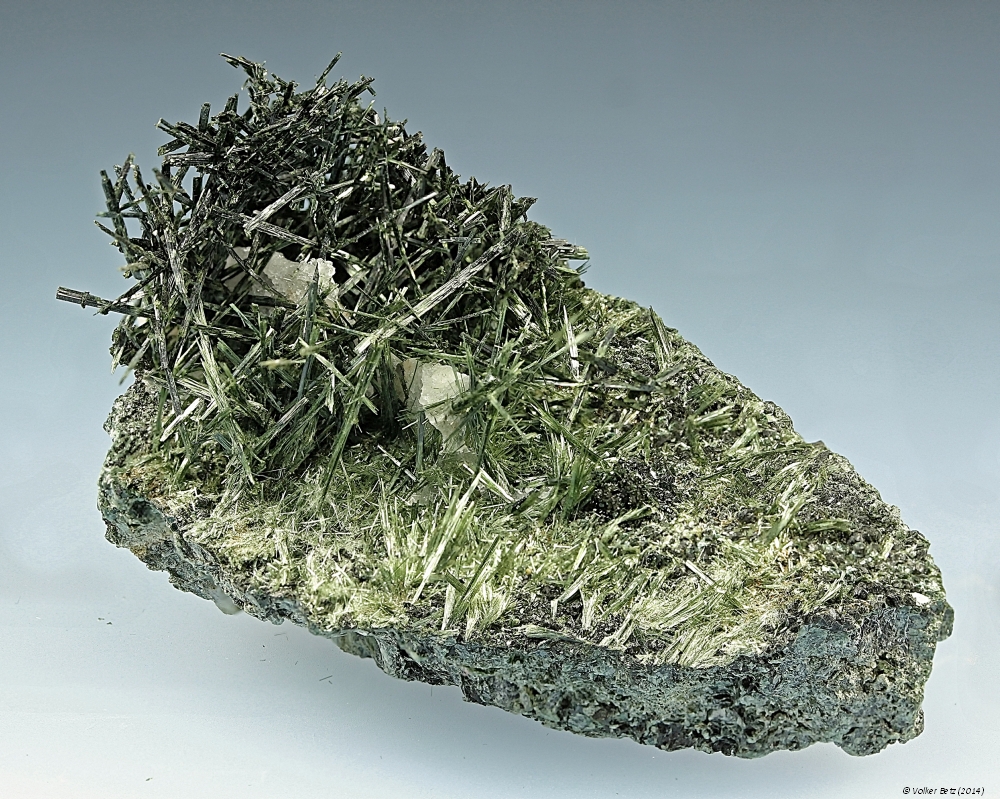
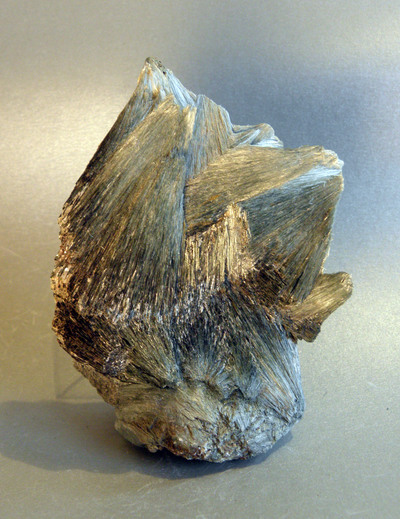
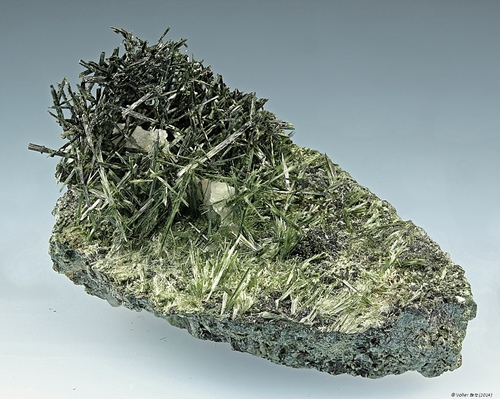
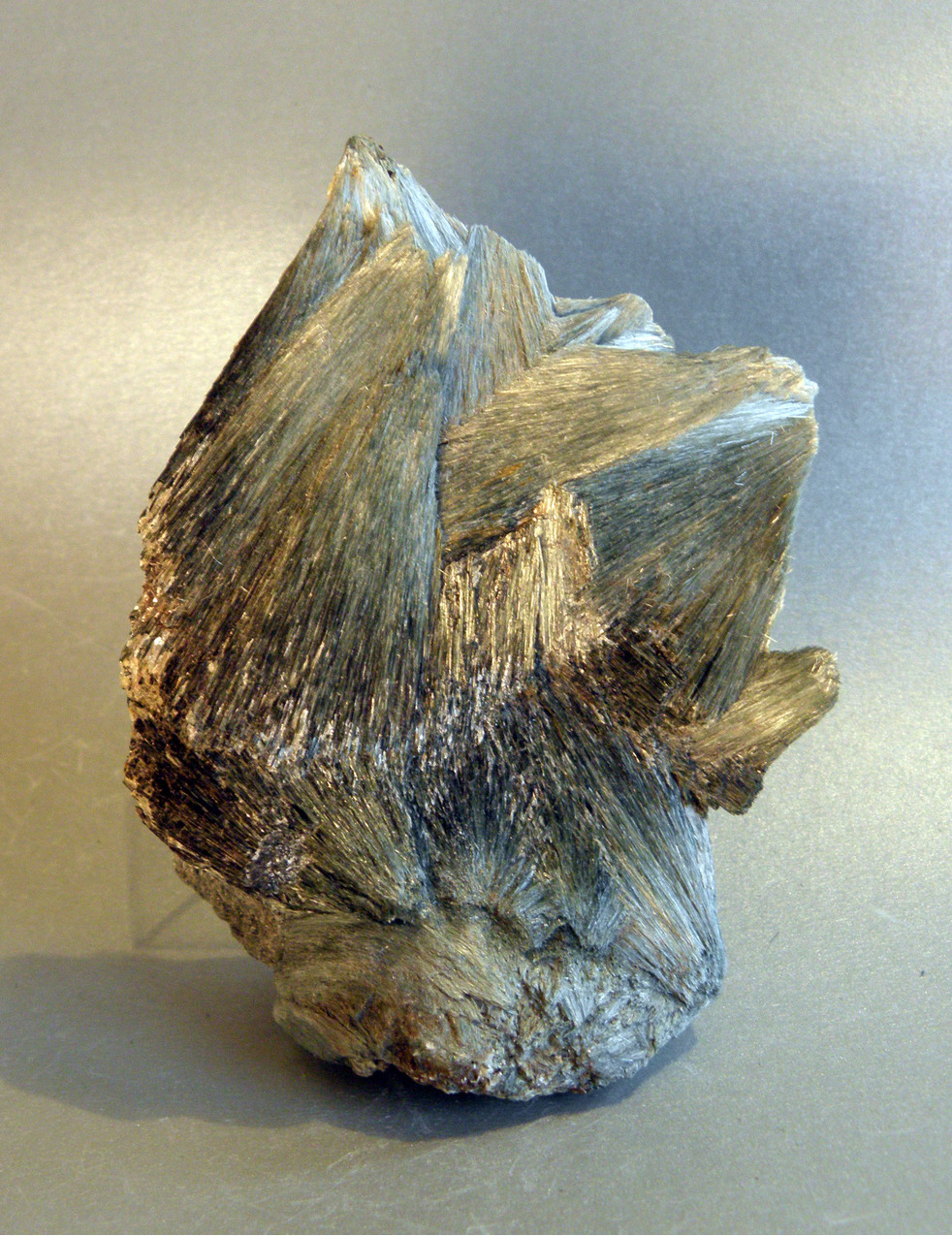
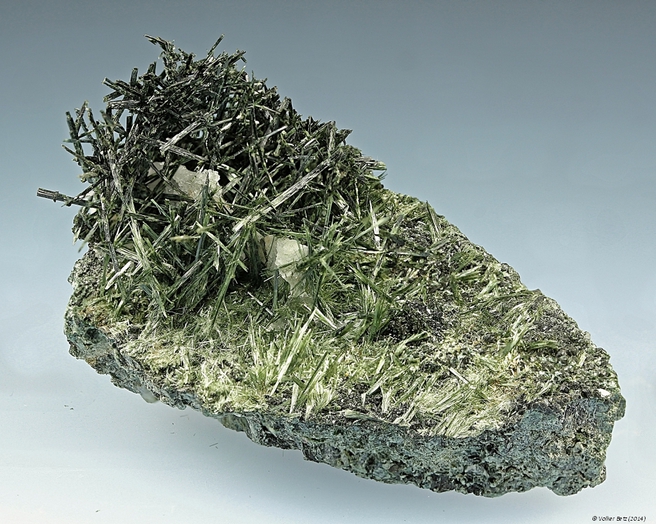
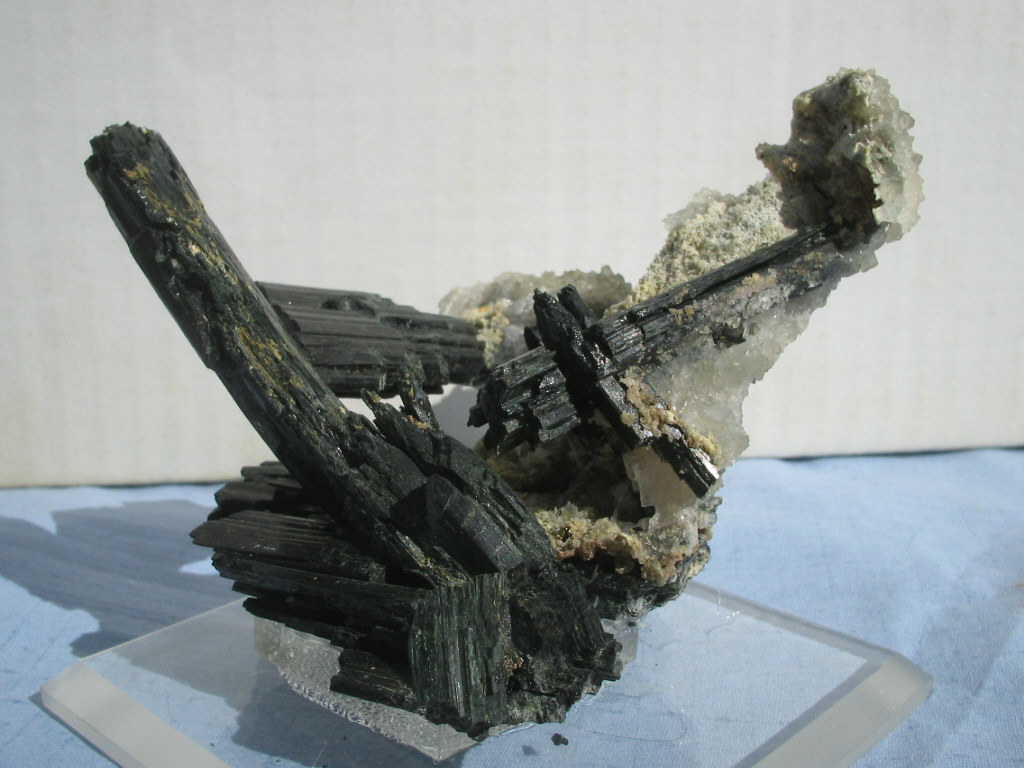




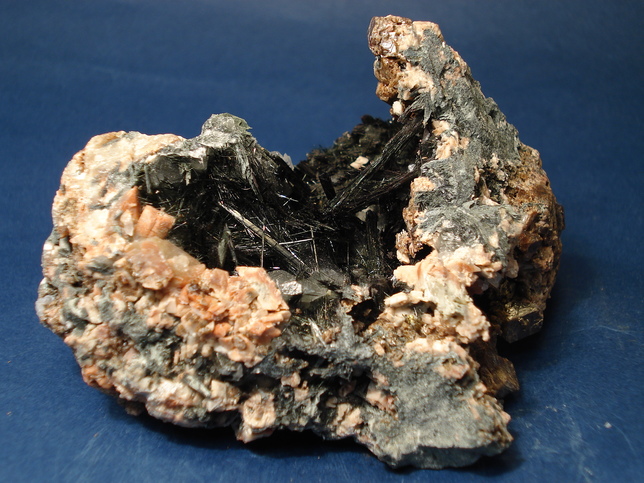
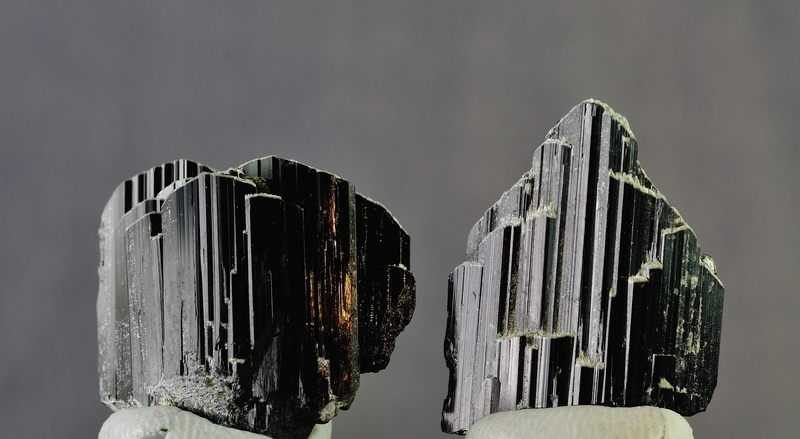


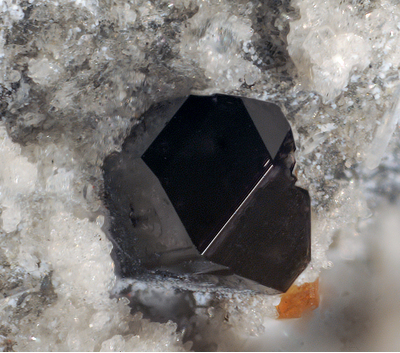





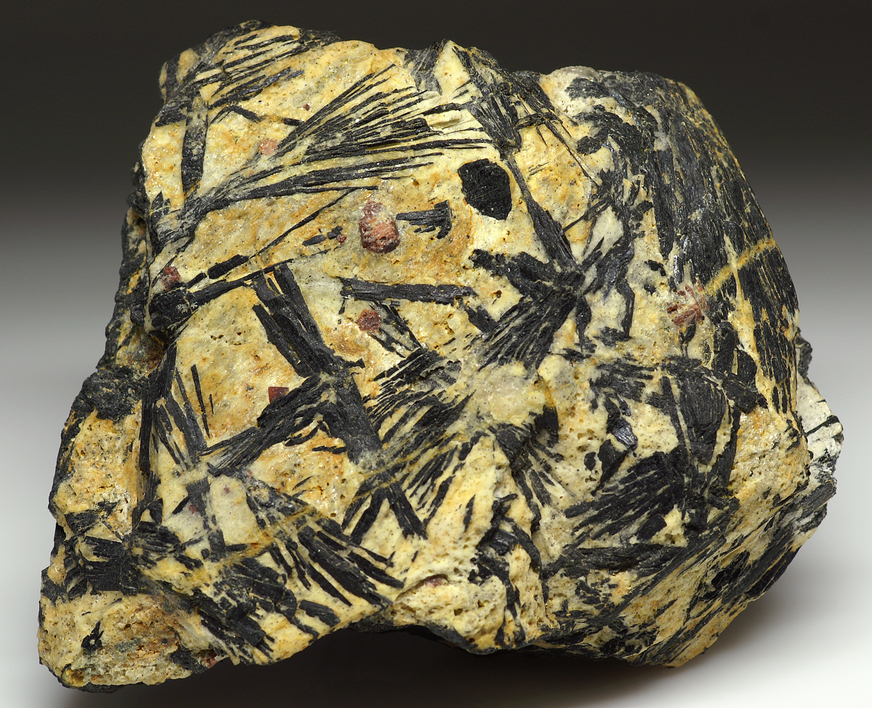



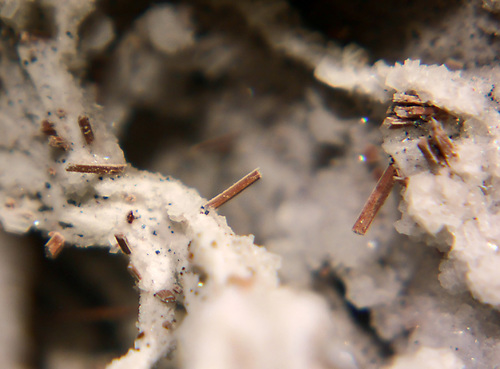

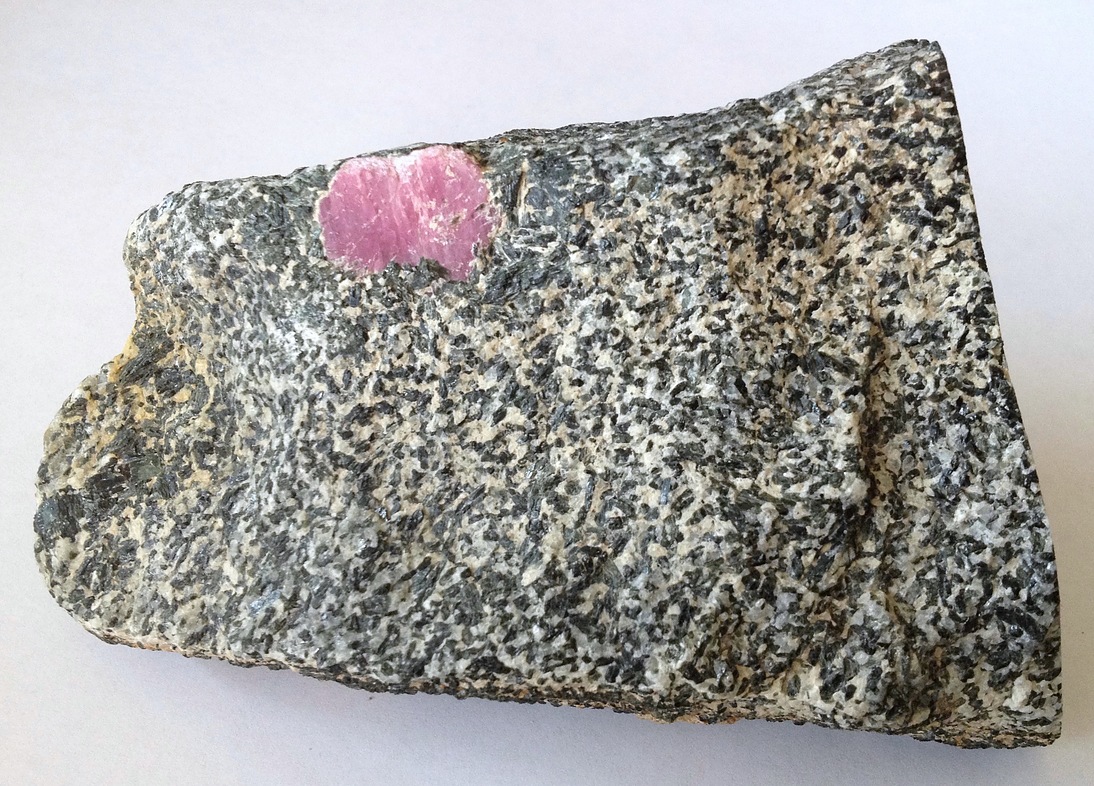

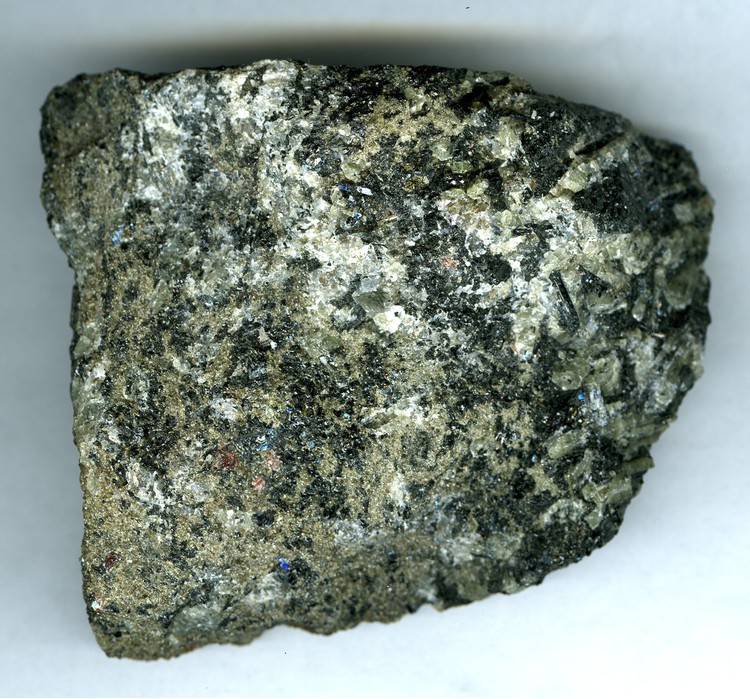

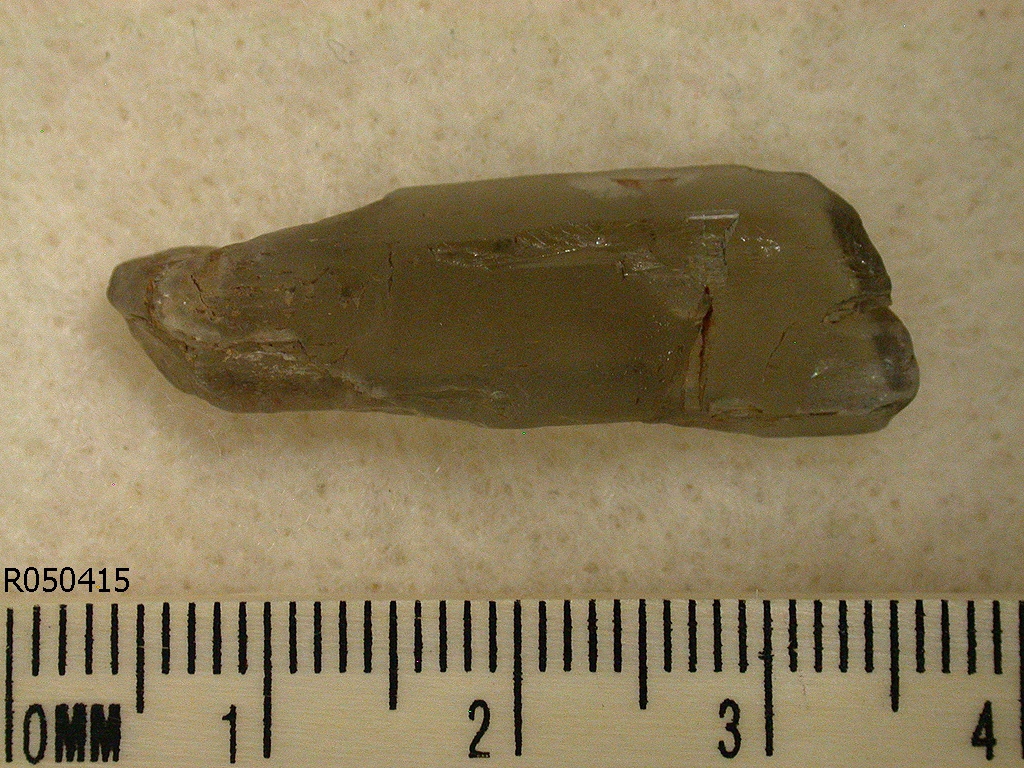





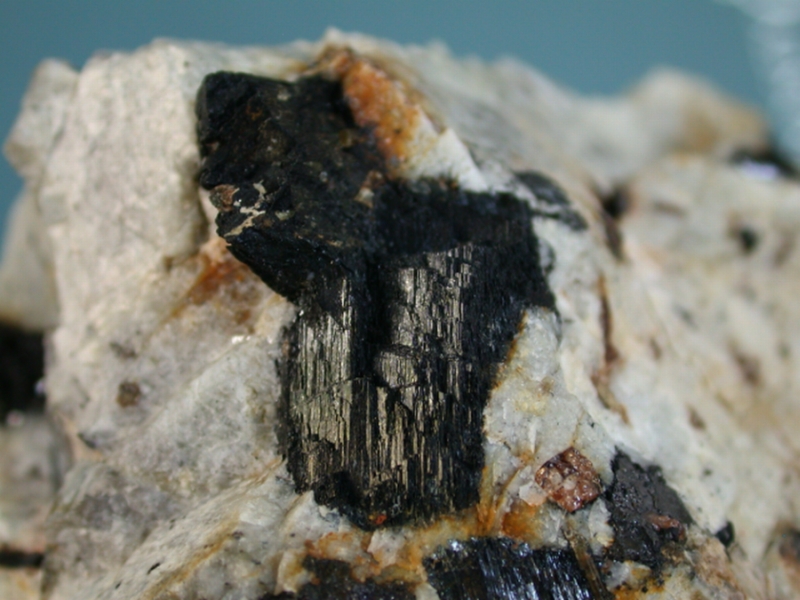
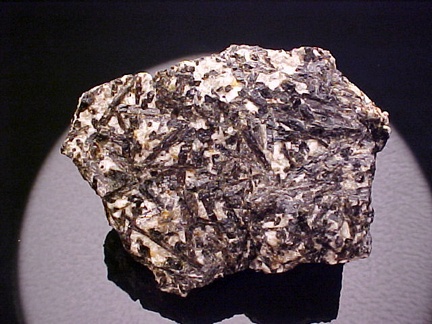





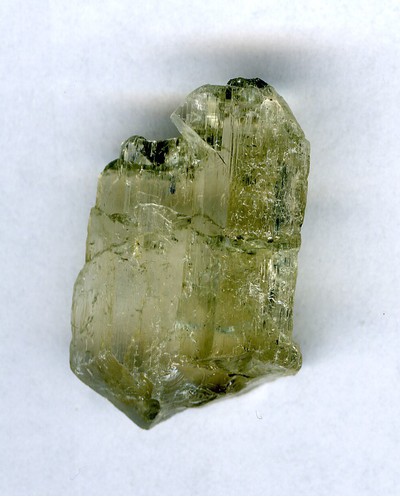


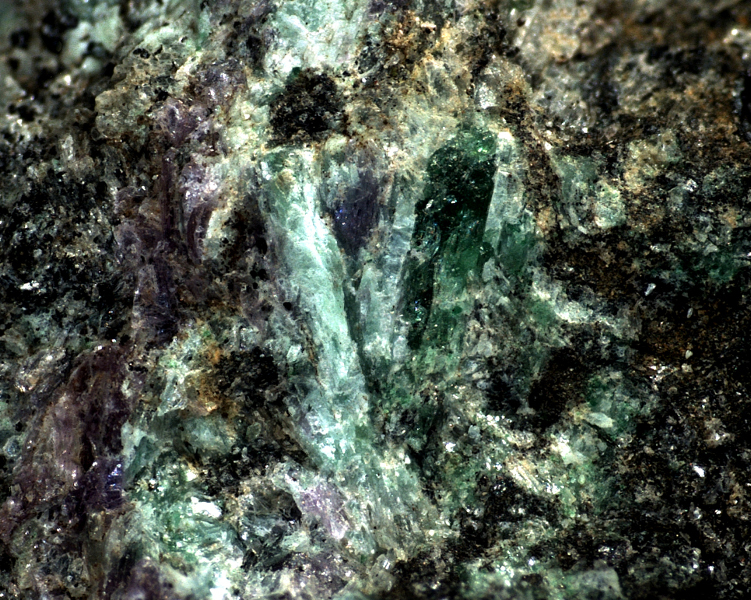





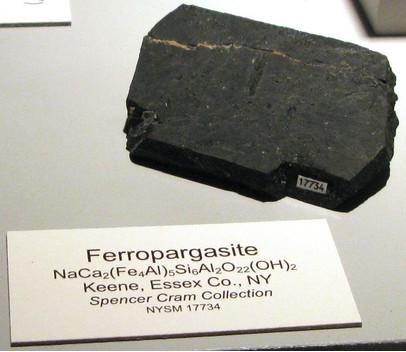





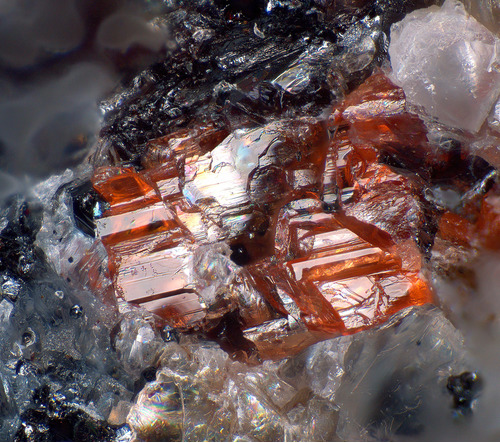



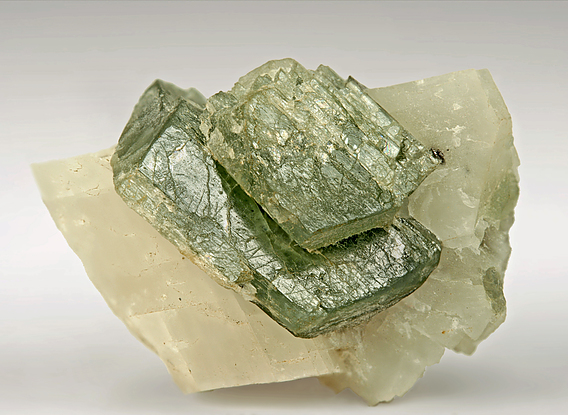







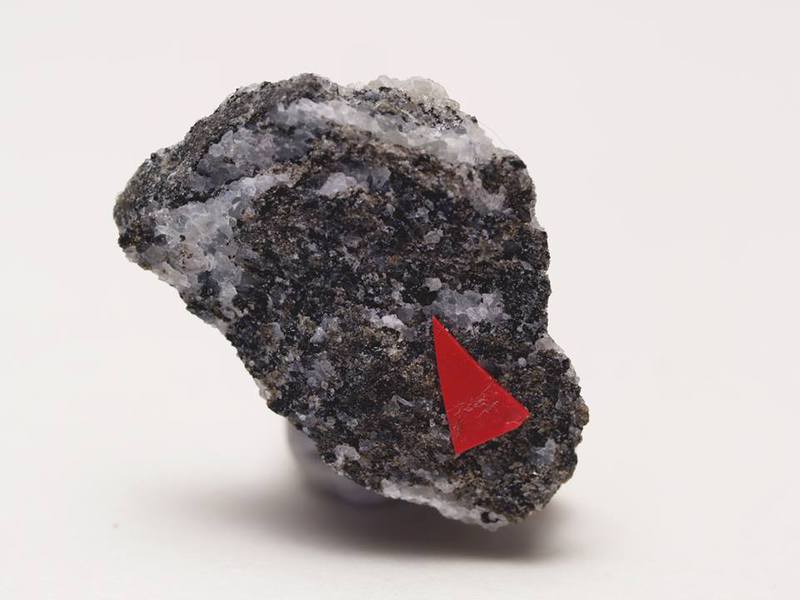


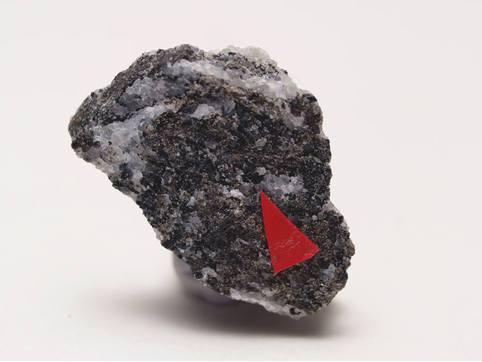






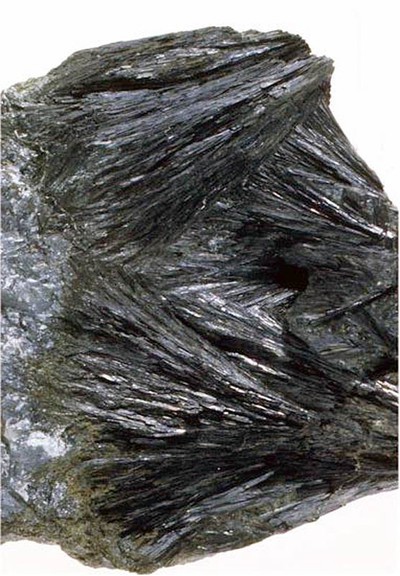


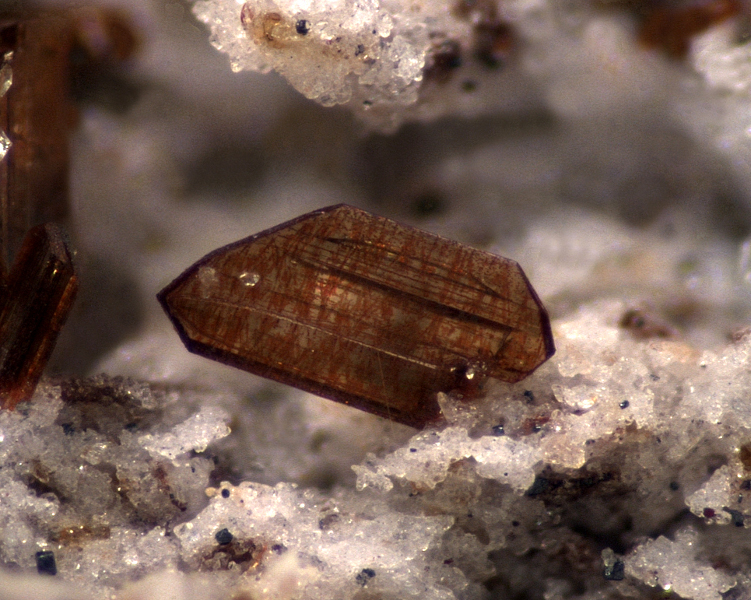
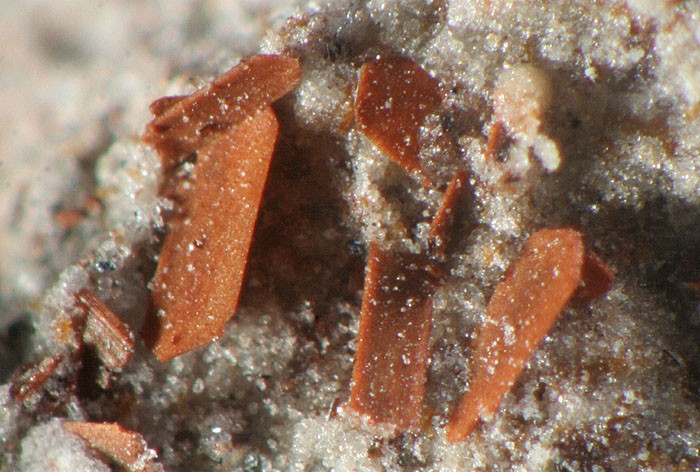


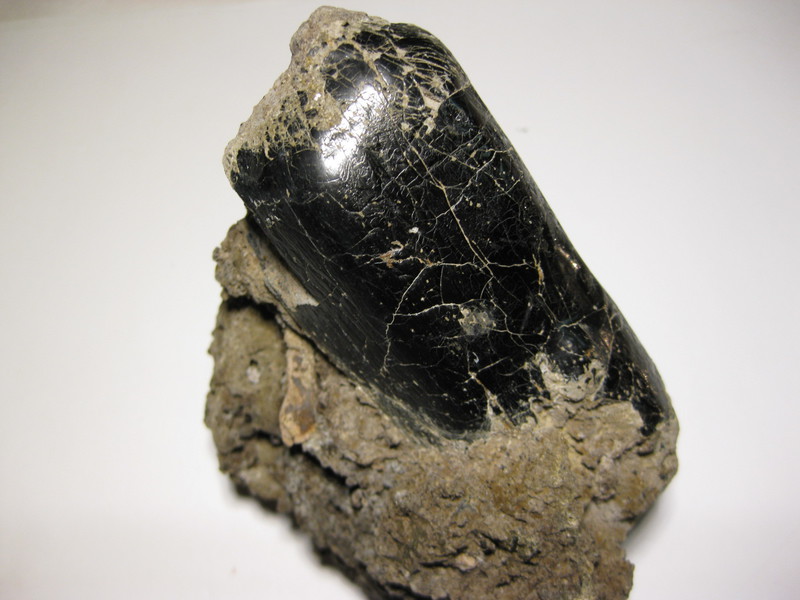







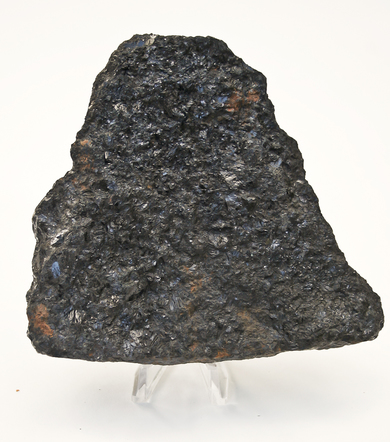
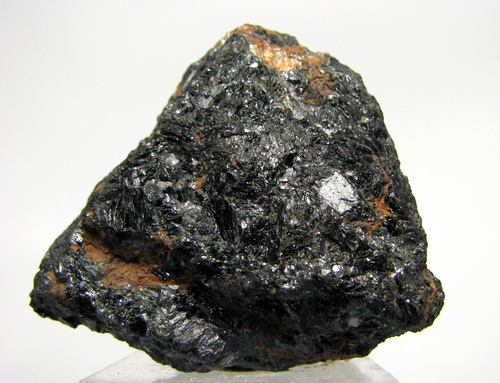




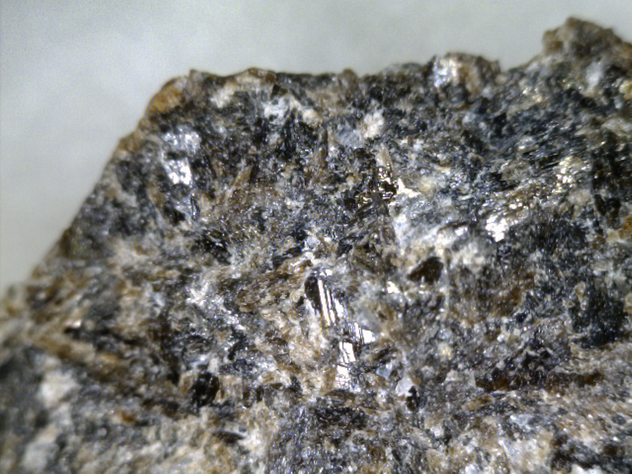




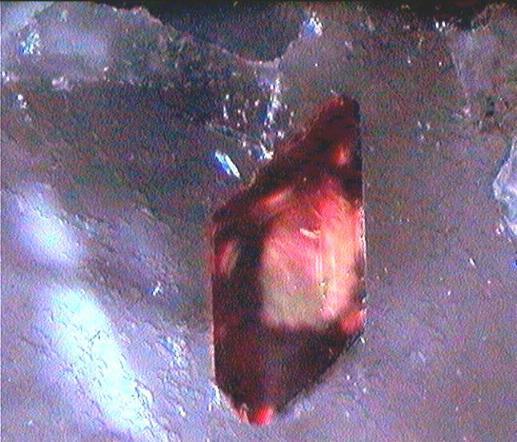



















Mount Somma, Somma-Vesuvius Complex, Naples, Campania, Italy